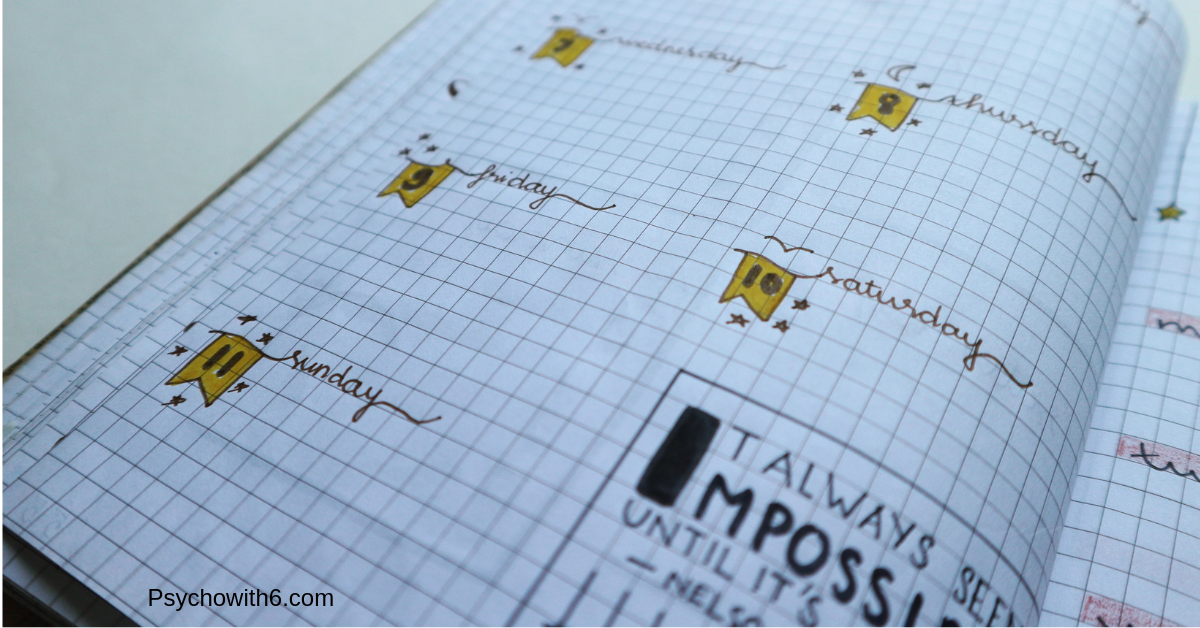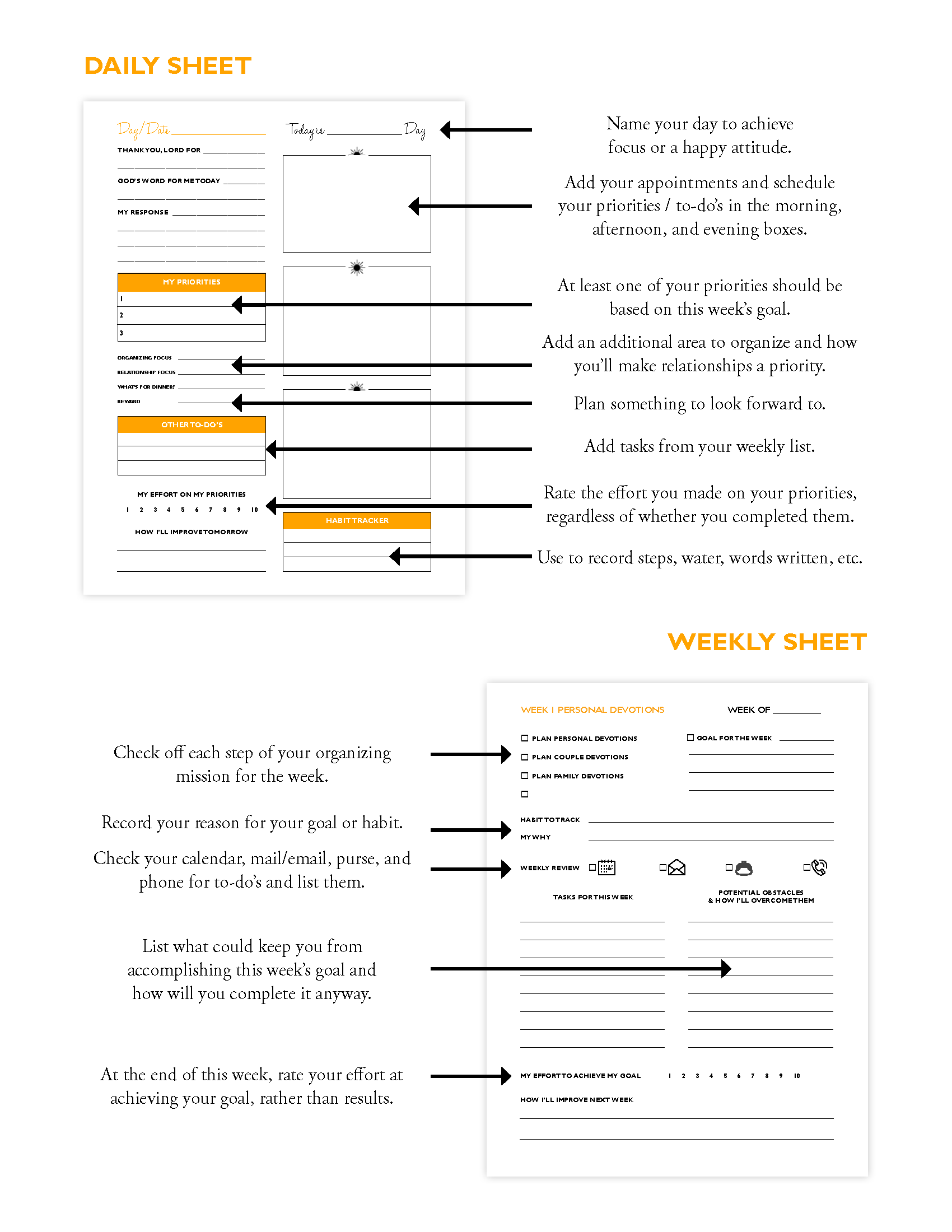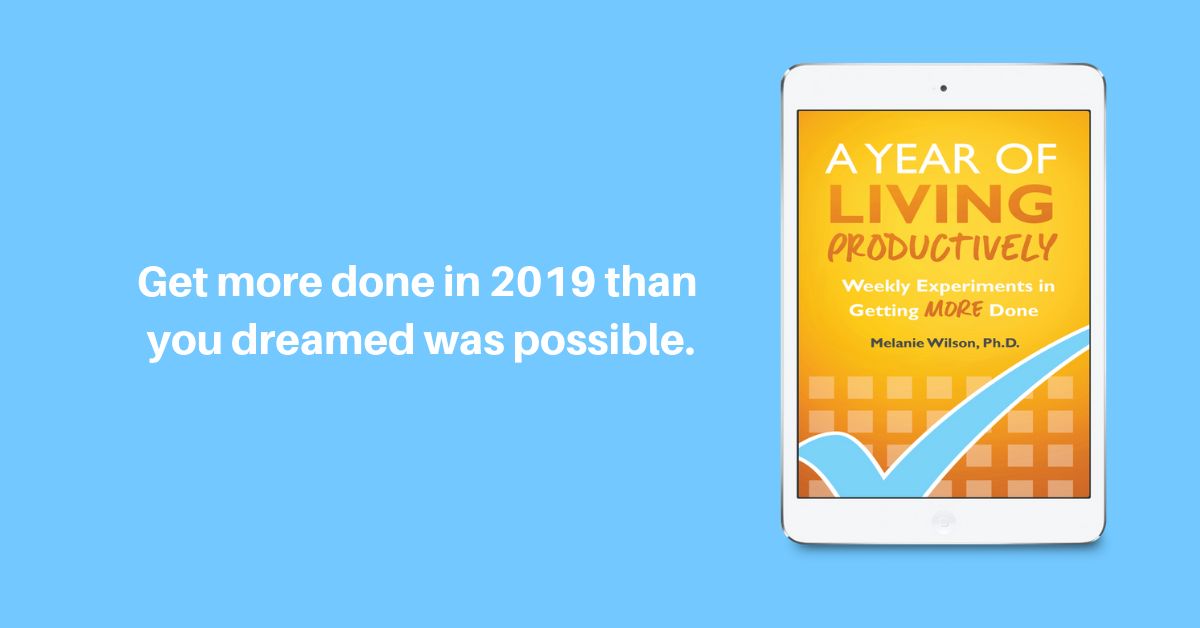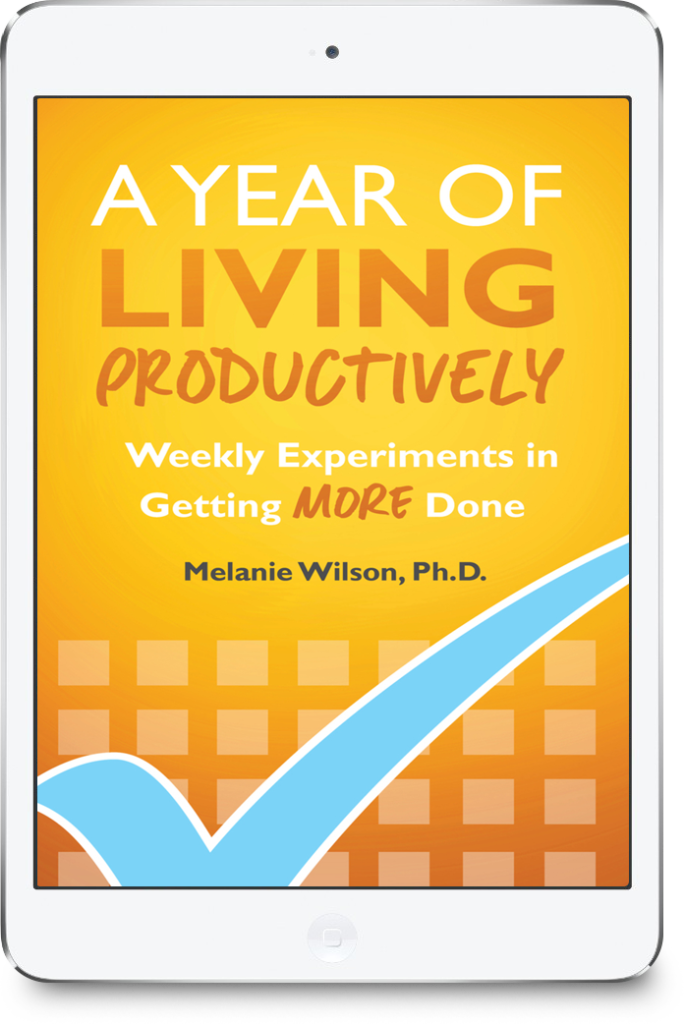
Last I wrote, I gave three reasons we don’t follow through with our plans and goals. You’ll want to read that article first if you haven’t already. I had a mom tell me she hoped I could help her get past those three obstacles. I hope I can too. I want to share how I believe you can follow through with your plans and goals this year.
Before we dive in, I want to say this. I believe that God is the source of our strength and success. I know He deserves all the credit for the changes in my life. My degree in psychology, my natural abilities, and the dozens of books I’ve read have all failed to change me in terms of getting organized, helping me lose weight, homeschooling my kids, improving my patience, or writing books. In fact, most of the time those qualifications have gotten in the way of my success. It’s only been when I have confessed to God that I can’t and don’t know how and need Him to take over that anything lasting and worthwhile has occurred.
What I want to share with you today is wisdom that I believe the Lord gave me as I sought Him over and over again for help getting past my procrastination, disorganization, and addictions to get more done. But always take anything I suggest to you to the Lord yourself and ask Him to give you discernment for whether it is right for you in this season of your life. With that important disclaimer out of the way, let’s talk about how we can overcome three important obstacles to following through this year.
How to get more done despite our minds equating planning with completion
Last time, I explained that when we plan a goal that has some anxiety attached to it like saving money or losing weight, we feel better after planning. We feel we’ve done something and that makes all the difference to us mentally. Even goals that don’t have anxiety attached like writing a book or running a 5K fade into the background after we’ve spend time planning them and dreaming about them.
Planning is an important part of following through with homeschooling and other goals, so how can we follow through even though our mind is kicking back and relaxing? The first way is to use a 12 Week Year. One reason our anxiety is decreased after planning is because the end goal is far off. We tend to think of our homeschools as a full year, for example. And many people have goals for the year. We become like the hare, thinking we have plenty of time to win the race. Our anxiety is gone as soon as we’ve begun the race. It doesn’t kick in again until we’re nearing the finish line or the end of the year. Then, of course, it’s too late to accomplish anything meaningful.
The solution is to plan our homeschools and our goals for a quarter, not a year. Twelve weeks go by much more quickly. We can feel an appropriate amount of pressure to keep working toward the goal. We can plan exactly what has to be completed each week to reach the goal, where a year-long plan has to accommodate too many unknowns. Larger goals can be broken down into 12-week progress points. I’ve written about how planning my homeschooling by the quarter made a world of difference in keeping my kids and me motivated.
The second way we can overcome the planning-equals-completion problem is with remembering our why. Last time I gave an example of a woman wanting to lose weight because she was worried about her family history of diabetes. We humans tend to avoid thinking about these anxiety-provoking truths, so we have to work against that. We have to regularly consider why we’re planning, whether that’s our homeschool studies or a personal goal. We have to really think about it and consider it. Let me give you a personal example.
Last January, I realized with a start that at my current writing pace, I would not have the third volume of Grammar Galaxy ready for the Great Homeschool Convention in April. I imagined myself talking with attendees and trying to explain why I didn’t have another volume done, despite a year going by. I hated the thought of it! I worked furiously to be finished in time and every time I grew tired, I called up that image. I also reflected on my why, which was written on my weekly page of The Organized Homeschool Life Planner.
Remember your why by imagining in detail both how you will feel if you do accomplish your plans and if you don’t. Then reflect on your why at least every week.
The third way we can overcome the planning-equals-completion problem is by developing systems instead of goals. You may have a goal of finishing the first semester of your history curriculum before Christmas break. You are consistently reading and studying for 30 minutes every school day at home. But then the kids or you get sick. It doesn’t happen.
You can easily be disappointed that you don’t meet your goal. I could have had something keep me from publishing the third volume of Grammar Galaxy in time too, right? Not meeting our goals could lead us to want to throw up our hands in defeat. But both the history studier and I have something even more powerful than a goal. We have systems. If we continue the habits that lead to the goal, we will succeed–even if it’s not on the exact timetable we planned. There’s a good chance that if you continue studying history consistently that you will finish the book by the end of the year. Even if you don’t, you will have learned so much. If I kept writing Grammar Galaxy consistently despite the setback, I would have had the volume done for the next conference.
Using a 12 Week Year, remembering your why, and developing systems instead of goals can overcome our mind’s resistance to planning.
How to get more done despite our subconscious being on to us
The second obstacle to following through I discussed last time is our subconscious being on to us. It knows when we aren’t being realistic, that our goal isn’t important, or that we don’t have a good reason for pursuing our plans. It runs the show and we don’t follow through.
The first way we can overcome this obstacle is by consistently using a paper planner. Rather than having a one-and-you’re done approach, we can create a planning habit. I have found that planning by month, week, and day, I can easily see when I’m overloaded. Seeing plans on paper allows me to see that my expectations of myself and my kids aren’t realistic.
I prefer using a planner for myself that includes a schedule or routine for each day. In my Organized Homeschool Life Planner, I take my list of tasks and add them into a loose schedule for the day. It becomes obvious when I won’t be able to fit everything in.
Then I can use the third strategy for overcoming my subconscious and following through. That’s reduce commitments. When you’re asking a child or a work animal to do too much, they have a clear way of letting you know. They won’t budge. Our subconscious behaves the same way. When your weekly or daily plan freaks your mind out, you need to cut commitments. There are ways you consistently spend your time that should be eliminated, but there are also little things that just don’t have to be done. One way I identify these is by asking myself if I would stay up tonight as long as it took to get it done. If not, it can be removed from my plan for the day. My subconscious will start cooperating with me to get more done.
By using a paper planner, a schedule, and by cutting commitments, you can work with your subconscious to follow through on your plans and goals.
How to get more done by learning how we work best
The third obstacle that keeps us from following through is not knowing how we work best. We follow other people’s approaches and when they don’t work, we berate ourselves for being lazy. We may even tell ourselves we’re not cut out for homeschooling or the other goals we have.
This is what happened to me. I thought I wasn’t organized enough to homeschool or diligent enough to write books. I had plenty of evidence to back me up! But I tried using routines and wow! What a difference! Before I tried routines, I learned that time with God each day and exercise also helped me get more done. After trying routines, I tried other methods I’d read about like Getting Things Done. Some worked, some didn’t.
In 2013, I had the crazy idea to try a different productivity approach every week for a year and to share my results here on this blog. I was surprised by the response to it. I had people from all walks of life responding to my experiments. If you’re a long-time follower, you may recall the blog series. My intention was to write a book about the process at the end of the year. I started it but put it off and then gave up on the goal. Now I’m so glad I did.
Five years later, I’ve learned so much more about my own obstacles to getting more done and how to overcome them. In that time I’ve blogged, produced a podcast, written The Organized Homeschool Life book and planner, and three volumes of Grammar Galaxy. I also started a business and began conference speaking, while still homeschooling, making family and friends a priority, and enjoying several hobbies. What’s more is I’m happier and more at peace than I’ve ever been.
One big reason I’ve accomplished these things is I learned how I work best. I created a productivity formula unique to me in this season of life. I also know how to find what works for me as life changes. Instead of telling you how to get more done, I want to share with you how you can determine that for yourself.
Today I’m launching my book, A Year of Living Productively. In it I share over 80 productivity strategies. I give you the rationale for using them, the instructions for using them, my experience using them, and similar strategies to try. In the book, I help you decide which strategies to try first. Included with the book is a tracking form so you can reflect on your results. Like me, you may find that something that didn’t work before works brilliantly now and vice versa.
Purchasers will have access to a bonus that includes further reading for each strategy, another review of that approach when available, a list of the best tools, and a digital tracker option.
A Year of Living Productively is a great tool to use to become more productive as a homeschooling parent and as an aid in guiding your high schoolers and college students in getting more done. It’s perfect for assisting bloggers, authors, and entrepreneurs in achieving more than they dreamed they could. Save time reading the dozens of books I’ve read by giving only the methods that fit your life a try.
The advantage of the digital PDF version is click-and-go access to the strategies you’re most interested in. And during the launch from now through December 16th, you’ll save 25% off the PDF list price. Get the book for just $7.50, or bundle the book and the digital Organized Homeschool Life Planner for just $22.50. If you haven’t gotten your copy of The Organized Homeschool Life book, you can add it to the bundle and pay just $30 for all three resources.
If you’d like the Kindle or print version, A Year of Living Productively is also available on Amazon. If you know a productivity junkie, someone who struggles with procrastion like I did, or anyone who wants to follow through and achieve their goal, A Year of Living Productively makes a great gift. Note that A Year of Living Productively is not a faith-based book but The Organized Homeschool Life is.
My prayer is that you can overcome the obstacles that keep you from following through with your plans and goals so that next year will be your most productive year ever.
Pin this post to read it later.












